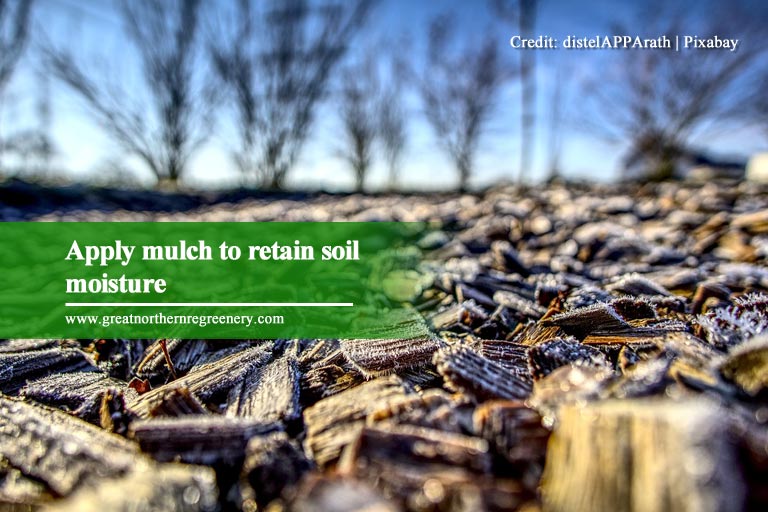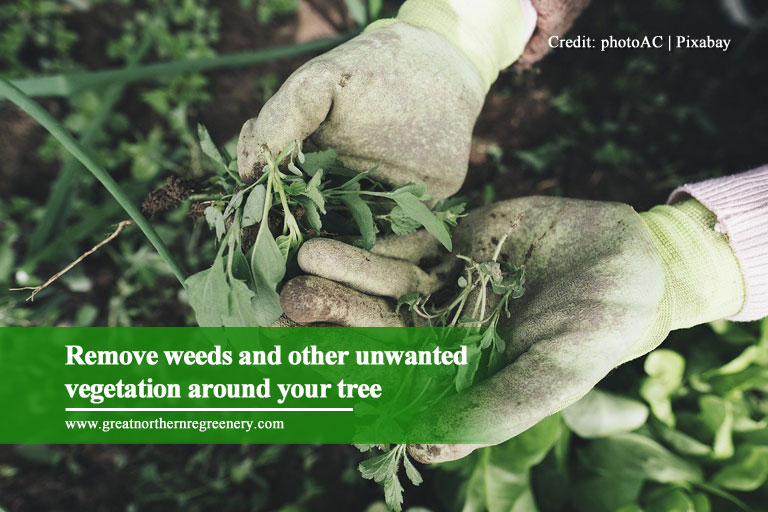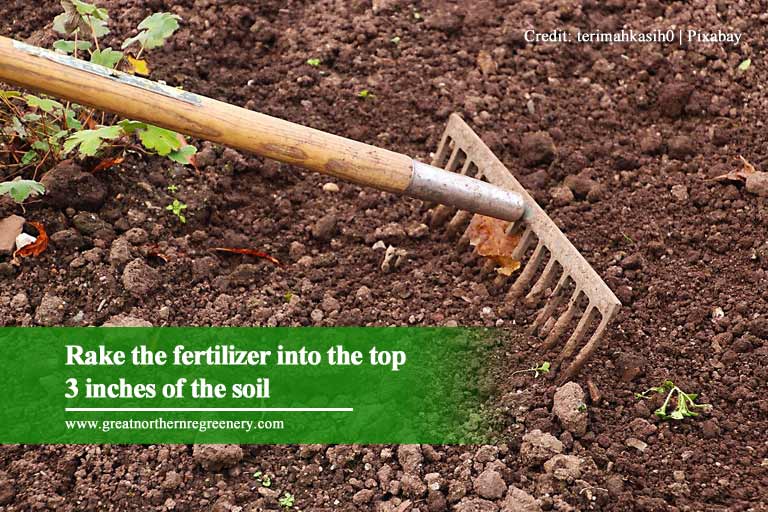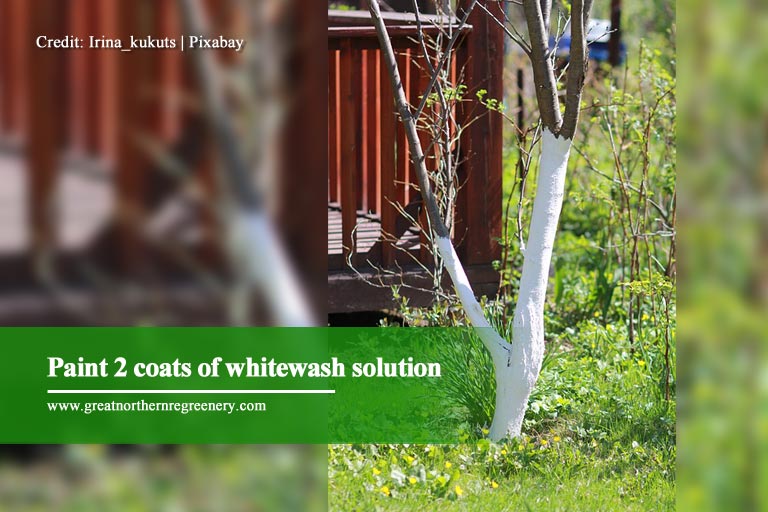Snow and ice are starting to melt away slowly. Plants are waking up from their slumber and getting ready to bloom once more. After the cold months of winter, your trees need a little warming up just like you. Do the following spring tree care at home to ensure that your trees are prepared for the growing season.
#1 Checking for Winter Damage or Disease
Trees are resilient. They adopt measures to survive the cold, but they are not totally immune to damage. Spring green lawn and tree care can begin even before the last frost. Check your trees for symptoms of winter damage or disease, such as the following:
- Deadwood – The branches that were too weak to make the cut and last through winter are collectively called deadwood. They are brittle and likely to break and drop, especially if they do not have a strong heartwood (main stem or inner wood).
- Frost Cracks – During winter, when temperatures drop below 15 degrees Fahrenheit, you may observe frost cracks or radial shakes. These are lengthwise cracks in the trunk of trees that may be shallow or deep. They often appear in the south or southwest-facing side of trees because these parts are the most exposed to drastic temperature shifts between day and night. When temperatures suddenly drop, the outer layer of wood shrinks faster than the inner layer, thus creating long, longitudinal cracks on the surface of the trunk. It is likely to recur every year once it starts. The following trees are vulnerable to frost cracks: crab apple, horse chestnut, London plane, linden, Norway and red maple, oak, walnut, and willow.
#2 Prune
Prune dead, damaged, or diseased branches. If you do this too late during warmer temperatures, you risk making your trees vulnerable to pests and diseases.
#3 Water

Monitor the moisture of the soil around the tree weekly 4 to 6 inches under the surface. It should be moist but not watery.
Deep water your trees to promote the growth of strong roots and discourage the formation of weak ones. To deep water a tree, drench the plant’s root system completely. The Canopy organization recommends water saturation of 12 to 18 inches deep into the soil. Different watering frequencies and amounts apply to different species of trees.
Drip versus Spray Irrigation
If you use irrigation, check if it has leaks or clogged spray nozzles or drippers. The Canopy organization recommends drip irrigation overspray and lawn irrigation.
Lawn irrigation is not ideal for trees because it only penetrates the first few inches of soil, promoting the growth of weak surface roots.
Meanwhile sprinklers designed for spray irrigation deliver water at a fast rate. A considerable amount of water is lost due to evaporation and runoff.
You can convert your sprinklers to drip instead of spray. This is to deliver water slowly and directly to the tree roots. For a cost and water-efficient alternative, use a soaker hose.
As your trees grow, they will need less watering. Water about 10 gallons for each inch of the trunk’s diameter.
#4 Mulch

Apply mulch to retain soil moisture. Cover the soil around the tree with a layer of mulch that is 3 to 5 inches deep and 1 to 2 feet wide. Begin laying mulch 4 to 6 inches away from the base of the tree to avoid rotting of the bark.
Mulching helps keep out weeds. This is an important aspect to fruit tree care in spring.
#5 Weed

As trees leave their dormant phase and start to grow actively in spring, so will other plants, such as weeds. The growth of other vegetation around the tree creates unwanted competition for water. Other plants may absorb the moisture and nutrients that should be allocated for the tree to grow healthy. Spring provides the perfect conditions for removing unwanted vegetation around the tree, as the soil is still soft.
Weeds are not the only unwanted vegetation you have to remove around your tree. Plants such as ivy and lawn should be removed as well because they conceal areas of decay and lock excess moisture around the root crown, encouraging fungus growth. Trash may also collect under ivy and attract rats.
Ideally, there should be no competing vegetation within the tree’s drip line, the area under the tree’s canopy where water from the foliage directly falls.
#6 Fertilize

Not all trees require fertilizing. In the wild, trees can survive without tending. However, in urban or man-made sites, they grow with restriction from factors like being planted in compacted soil or growing near pavement. Your tree may need a little boost to survive these unnatural conditions. This is where fertilizers come in handy.
Your tree needs fertilizing if it is in poor soil or its growth in the previous year was less than 15 inches. Before buds and leaves appear, apply a slow-release fertilizer with a 10-10-10 nitrogen-phosphorus-potassium ratio. Use it at a rate of 1 pound for every year since the tree was planted (the tree’s age). Stop increasing the fertilizer dose when you reach 10 pounds.
Start laying a band of fertilizer 1 foot away from the trunk. The band should reach 1 foot from the tree’s canopy. Incorporate the fertilizer into the top 3 inches of the soil by raking.
Slow Release Fertilizer vs, Quick Release Fertilizer
Slow-release fertilizers, as you can tell by its name, are fertilizers that deliver a small, constant supply of nutrients over a period of time. These may be organic, providing nutrients to the soil through natural breakdown and decomposition. These may also be artificial, covered in a layer of plastic resin or sulphur-based polymers that gradually disintegrate when exposed to microbes in the soil, heat, sunlight, and water.
Quick-release fertilizers are easy to over apply and dilute improperly, making your trees susceptible to fertilizer burn. The salt content of fertilizers draws out moisture from plants. Excess fertilization results in withering, burning or scorching, yellowing or browning of foliage, and root damage.
In addition, quick release fertilizers may not last long, as they are easily dissolved by rain and watering.
#7 Whitewash

In early spring, the bark of bare trees is at high risk of getting sunburn, especially when it is under direct sunlight for long periods of time.
The spring sun warms up the trunk and stimulates it to break out of dormancy while the roots and other parts untouched by sunlight are still dormant. Since the roots are still dormant, they will not deliver the required water and nutrients to the active trunk. The bark may dry out and die.
Direct sunlight exposure may also cause the bark to heat up in the daytime and cool at night time. These sudden shifts in temperature may cause the bark to split, providing an opening for pests and disease to infect the tree.
To prevent these kinds of damage, paint the trunk with a whitewash solution. The colour white reflects the sunlight. Mix a whitewash solution with equal parts white latex paint and water. Paint 2 coats. Let the first coat dry completely before painting the second one.
If you need a helping hand for spring green tree and lawn care, contact our green-thumbed friends in Great Northern ReGreenery. We provide services such as fertilization, pruning, and insect and disease control. Call us at (905) 775-7444 or email us at Regreenery@GreatNorthernRegreenery.com. Have a happy and green spring!





